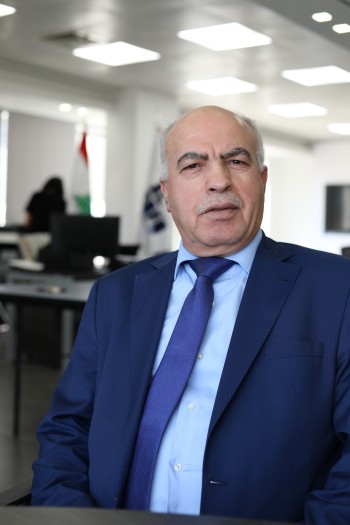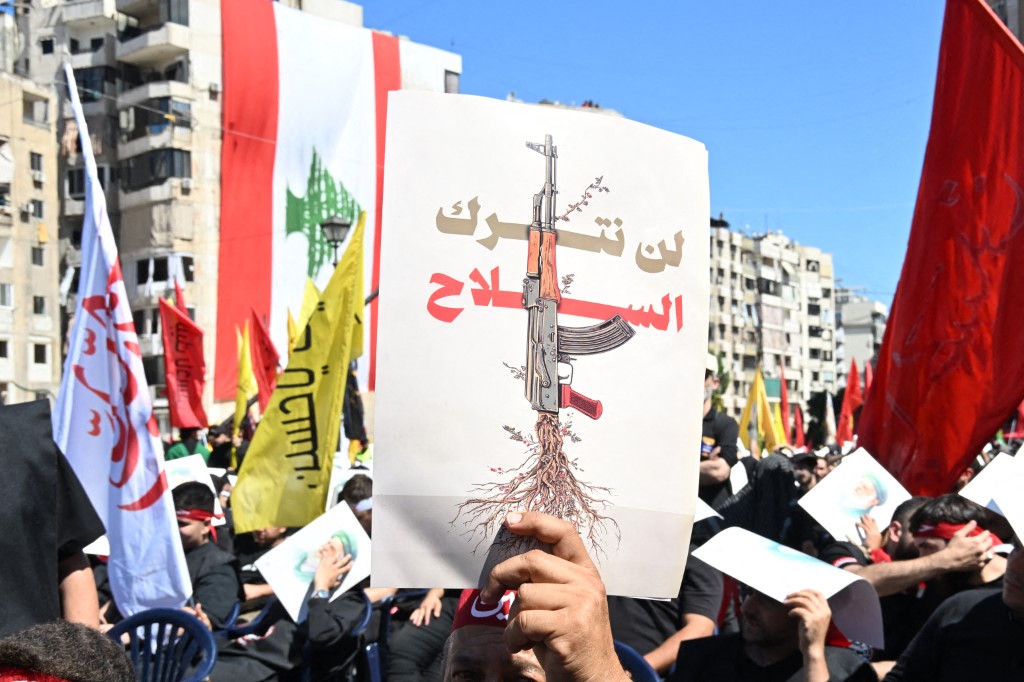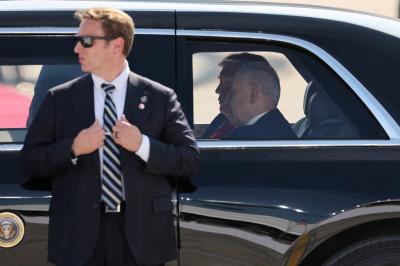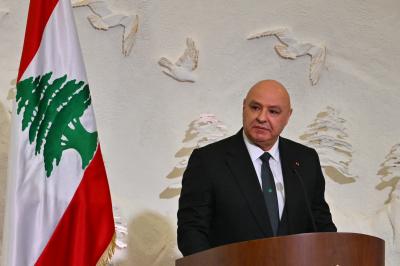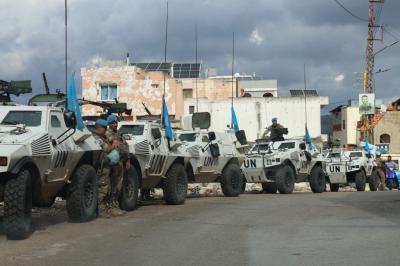Lebanon faces mounting pressure—externally and internally—to disarm "Hezbollah". Those applying the pressure believe that a unique local, regional, and international window of opportunity exists for this goal, and if it closes, it may not reopen. They argue that Lebanon must seize this opportunity, warning—echoing U.S. presidential envoy Thomas Barrack—that it won’t be available again.
What’s new and striking is the indirect entry of Syria’s new authorities into this pressure campaign. Israel’s i24 News quoted what it described as “Syrian sources close to al-Sharaa” claiming that “Syria is preparing to regain control of the city of Tripoli in northern Lebanon, since it was part of Syria before the French Mandate,” adding: “In exchange for the Golan, Syria wants to recover the predominantly Sunni areas of Lebanon.”
More alarming was that the Syrian officials did not deny these statements, amplifying Lebanese fears. Armed Syrian groups have reportedly been active near Lebanon’s eastern and northern borders—reviving old scenarios of potential border incursions to retaliate against "Hezbollah" for its role in Syria’s war during the previous regime. Meanwhile, Israel has resumed its military campaign against "Hezbollah" from the south to the Bekaa Valley, aiming to crush what remains of the group’s military capabilities.
The fear of a possible Syrian incursion stems from the new Syrian leadership’s open desire for revenge against "Hezbollah"—a sentiment it has repeatedly expressed to Lebanese visitors, questioning "Hezbollah"’s strength after Israeli strikes. It remains unclear whether Lebanon’s Grand Mufti, Sheikh Abdul Latif Daryan, managed to ease these tensions during his recent visit to Damascus. During his meeting with Syrian officials, he referenced the old saying, “Rarer your visits, deeper the affection” , praised Lebanon’s “new era and promising government,” and stressed that Lebanon’s salvation depends on sincere and constructive cooperation with its Arab depth. He also expressed hope for fraternal relations between Lebanon and Syria, “free of sensitivities or problems often fabricated by those who wish ill for both countries.”
For Daryan’s calls and hopes to bear fruit, Syria’s stance must reflect in actions. The same goes for Lebanese political and sectarian factions who appear to be trying to use Syria’s new leadership as leverage against rivals—threatening national unity. Daryan seemed aware of this risk, calling upon his return for politics to be kept out of places of worship.
The disarmament issue—central to Lebanon’s presidential inaugural speech and the government’s ministerial statement—is also intertwined with the Syrian situation. "Hezbollah" clings to its arms due to lingering fears that Syria’s new leadership has not abandoned its vengeful mindset. "Hezbollah" is unlikely to change its position until it gains real, on-the-ground reassurance.
The Barrack Proposal
Turning to the American envoy’s imminent arrival to collect Lebanon’s response to his list of questions and proposals, discussions describe these as “decisive days with limited options,” suggesting Lebanon’s fate lies between peace and explosion. However, Lebanon’s response is anchored in a fundamental principle: the ball is in Israel’s court. Lebanon has adhered to the ceasefire, "Hezbollah" has fully withdrawn from the area south of the Litani River—now under the control of the Lebanese army and UNIFIL—while Israel has neither fully withdrawn from occupied territories nor honored the ceasefire.
Lebanon’s response demands that the American and French guarantors force Israel to restrain and compel it to uphold the ceasefire and UN Security Council Resolution 1701. Lebanon fears Barrack’s proposals might actually be thinly veiled Israeli demands—aimed at achieving by diplomacy what Israel could not by force: Lebanon’s capitulation in exchange for Israel’s withdrawal from five disputed hills and their surroundings. Lebanon rejects this, wary of internal discord over disarmament triggering a domestic crisis that could spark sectarian strife—something no Lebanese wants.
"Hezbollah"’s Response
"Hezbollah"’s answer to the U.S. proposals—already delivered to Lebanon’s three top leaders—is no secret. Its Deputy Secretary-General Sheikh Naim Qassem summarized it during Ashura commemorations, declaring: “Israel is the problem, not the resistance. The resistance is a solution; Israel’s continued existence is the real crisis we must confront.” Qassem outlined two sequential phases: agreement first, then implementation of Resolution 1701, demanding Israel to withdraw from the occupied territories, to halt aggression, and to release the prisoners—then after, reconstruction could begin. He added: “We are ready for the second phase… We are flexible enough for consensus. But let us handle this ourselves.”
Critical and Dangerous Days
Lebanon is facing delicate and dangerous days, caught between two bitter choices. If it accepts the U.S. proposals—which the three presidents have described, implicitly and explicitly, as reflecting Israeli demands—it will have surrendered, setting itself on a path toward normalization with Israel according to a Lebanese-Syrian roadmap allegedly crafted by Donald Trump and Benjamin Netanyahu.
Worse still, if the alarming reports broadcast by an Israeli channel are true—suggesting Syria seeks to reclaim the Bekaa and northern Lebanon as its “historic lands” in exchange for relinquishing the Golan—then Israel could seize this narrative to claim its own so-called “historic lands” in Lebanon (as well as in Syria, Jordan, and Saudi Arabia), as Israeli Finance Minister Bezalel Smotrich threatened a few months ago. If Syria were to annex Lebanon’s Bekaa and north—areas incorporated into Lebanon in 1920 with the creation of “Greater Lebanon”—and Israel were to seize southern Lebanon up to Sidon, what would remain of Lebanon would be Beirut and Mount Lebanon, stretching from Chouf to Batroun.
Is there a plan to shrink the “Land of the Cedars” back to the days of the Mutasarrifate, the Qaimmaqamates, or the era of Ottoman privileges?
Please post your comments on:
[email protected]
 Politics
Politics
